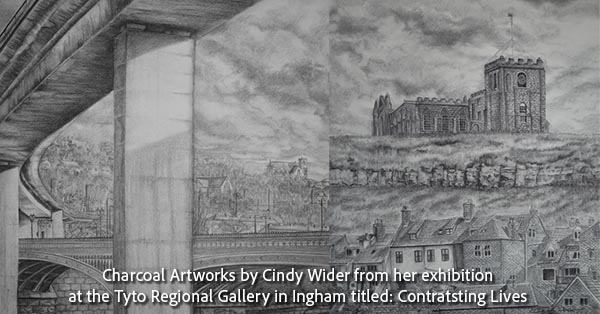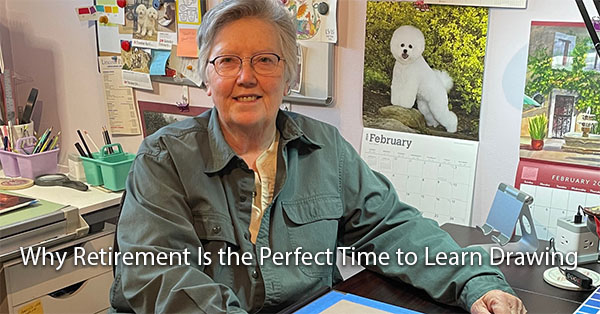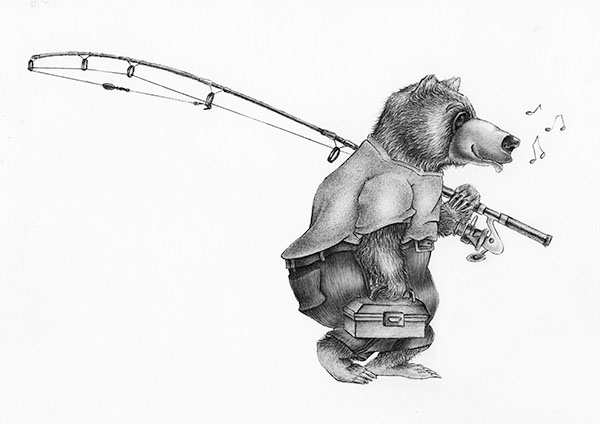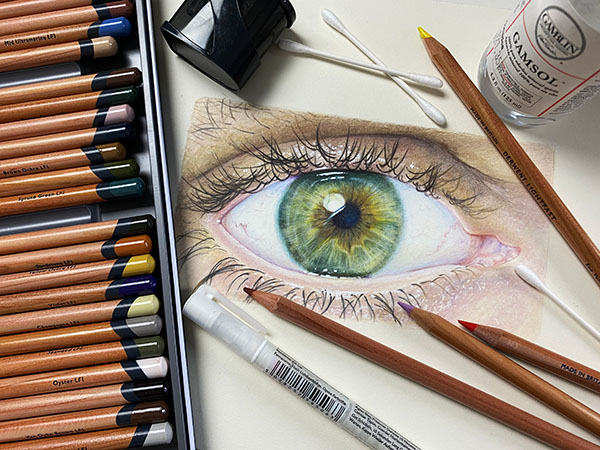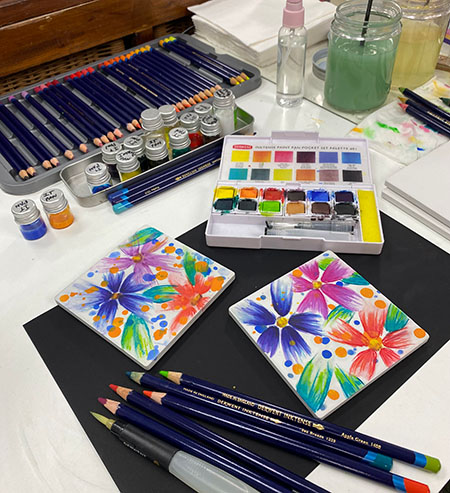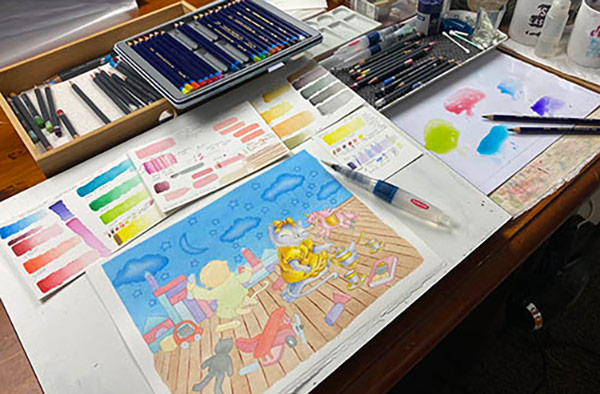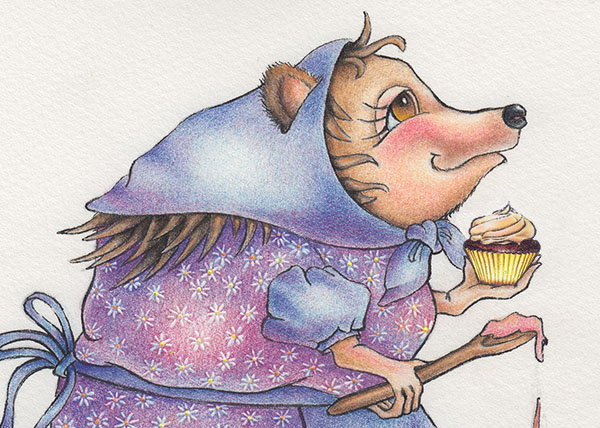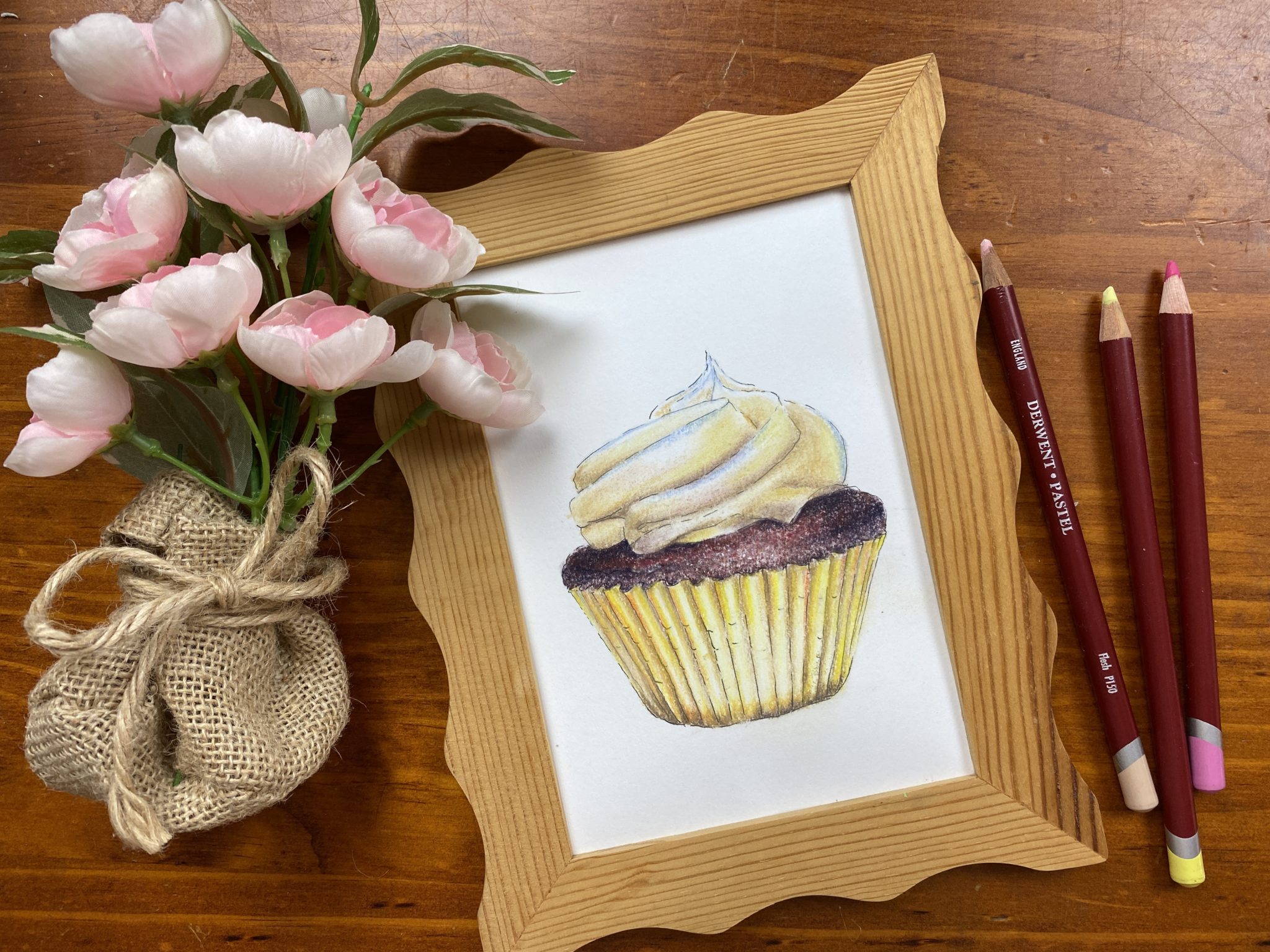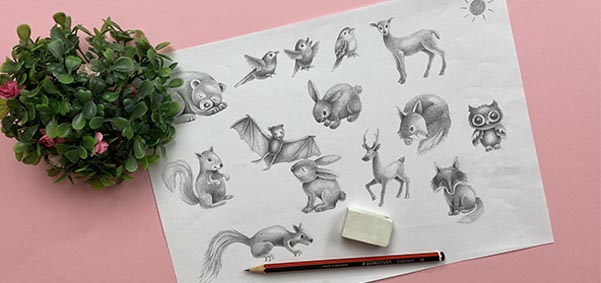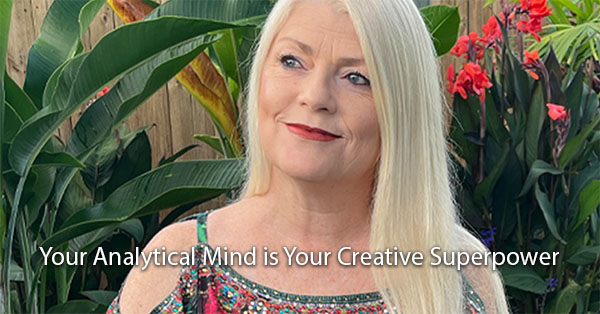
After 33 years teaching analytical women to draw, I’ve discovered systematic minds aren’t blocking creativity—they’re the key to awakening it.
For 33 years, I’ve been observing something that contradicts everything conventional wisdom tells us about creativity.
And the evidence is overwhelming.
The Common Belief
“Creative people are intuitive, free-spirited, right-brained. They trust their feelings. They ‘just let it flow.’ They don’t overthink.”
If you’re analytical, systematic, logical—you’ve probably accepted that creativity is for other people. People who are “naturally artistic.” People who don’t share your need for structure and evidence.
What I’ve Discovered
After working with hundreds of retired analytical women—nurses, teachers, coordinators, administrators—I’ve found something remarkable:
Analytical minds aren’t blocked from creativity. They’re perfectly positioned for it.
Let me explain why.
A Common Story
Margaret loved art at 25. Her apartment was filled with half-finished paintings and supplies. Then she enrolled in nursing school.
She made a quiet decision: “I need to be practical now. Creativity is a luxury I can’t afford.”
She packed up her art supplies, stored them in a closet, and focused on becoming an excellent nurse. Which she did, for 38 years.
But she never touched those supplies again.
When she retired at 63, she felt disoriented. The identity that had defined her for decades was gone. In its place: “Who am I now?”
While cleaning one day, she found those old supplies. Covered in dust. Untouched for 38 years.
She felt something unexpected: Yearning.
“What if I tried again? What if it’s not too late?”
I hear this story, or versions of it, constantly. The details change, but the pattern stays consistent:
- Analytical professional
- Practical career choice
- Creativity set aside
- Retirement arrives
- The question emerges: “What if?”
Why Traditional Art Instruction Fails Analytical Learners
Here’s what typically happens when analytical women try art classes:
The instructor says: “Don’t think so much. Just feel it. Loosen up. Trust your intuition. Let it flow.”
The analytical student thinks: “I don’t understand what that means. How do I ‘just feel it’? What does ‘loose’ look like? Where do I begin?”
She leaves feeling inadequate, her belief confirmed: “See? I’m not creative. This isn’t for me.”
But Here’s the Real Issue
The instruction method didn’t match how her brain processes information. The problem wasn’t her capability.
Analytical minds don’t respond well to vague encouragement. They need:
- Systematic frameworks
- Clear methodology
- Step-by-step progression
- Measurable milestones
When I explain to an analytical woman that drawing is pattern recognition, spatial assessment, and comparative measurement, something shifts.
“Wait,” she says. “Those are skills I already have.”
Exactly.
The Creative Skills You Already Use Daily
You’re using drawing-related skills constantly without realizing it:
When you straighten a picture frame, you’re assessing spatial relationships and angles.
When you portion food equally, you’re measuring comparative proportions.
When you arrange furniture, you’re evaluating balance, spacing, and visual weight.
When you know the time by looking at the light, you’re reading tonal values and atmospheric perspective.
When you coordinate your outfit, you’re understanding color relationships.
When you interpret body language, you’re making detailed observations and comparative assessments.
These Are Drawing Fundamentals
You’ve been practicing them unconsciously for decades. Drawing simply teaches you to apply them consciously to paper.
Your analytical mind has been processing visual information all along. You just haven’t been shown how to channel it into drawing.
What Changes With the Right Approach
Margaret is now 65. She’s completed a realistic self-portrait.
She cried when she finished it. Not because it was perfect, but because of what it proved to her.
“I didn’t lose this part of myself,” she said. “She was there all along. I just couldn’t see her.”
This transformation happens when analytical women find methodology designed for how their minds actually work.
Not occasionally. Not just with “talented” individuals.
With consistent students who engage with systematic instruction that respects their thinking style.
The change is predictable because it’s not about developing new capabilities. It’s about recognizing and directing existing ones.
Why Retirement Creates Ideal Conditions
“But I’m 65. Isn’t it too late?”
Actually, retirement often provides better conditions for creative development than youth does.
1. Uninterrupted Time
For possibly the first time in decades, your schedule is yours. Not dictated by employers, patients, or students.
This isn’t “spare time”—it’s deep, focused time that skill development requires.
2. Freedom from Performance Pressure
You’ve already proven yourself professionally. You don’t need to be the best, impress anyone, or justify your worth.
This freedom creates ideal conditions for exploration without anxiety.
3. Accumulated Experience
The emotional depth, pattern recognition ability, and wisdom you’ve developed over 60+ years?
That’s not a creative disadvantage—it’s a profound advantage.
Young artists have technical facility. Older artists have life. That depth creates work with meaning that can’t be manufactured.
4. Permission to Choose Yourself
Perhaps for the first time, you can ask “What do I want?” without guilt.
That permission forms the foundation for genuine creative exploration.
Your Career Wasn’t Time Lost
The years you spent being “too busy” or “too practical” for creative pursuits weren’t wasted.
Every skill you mastered in your career translates to creative expression when you understand the connections:
The systematic thinking that made you an excellent nurse translates to observational drawing skills.
The pattern recognition that made you an effective teacher helps you see spatial relationships.
The problem-solving that made you a capable coordinator helps you troubleshoot and improve your work.
Your analytical mind isn’t a barrier. It’s a pathway.
Common Questions About Learning to Draw Later in Life
“Don’t you need natural talent?”
This is the most persistent myth. Drawing is a learned skill set based on observation, measurement, and practice—all things analytical minds excel at.
“My hands aren’t steady anymore.”
Drawing doesn’t require perfect hand steadiness. It requires observation and measurement, which improve with practice at any age.
“I don’t have the right kind of brain for art.”
This belief comes from misunderstanding what drawing actually involves. It’s not mystical or intuitive—it’s systematic visual problem-solving.
“Won’t I just get frustrated?”
Frustration usually comes from unclear instruction, not from inability. When the method matches your learning style, the experience is quite different.
What Drawing Actually Requires
Let’s demystify this:
Observation: Looking carefully at what’s actually there, not what you assume is there.
Measurement: Comparing sizes, angles, and distances—relative assessment.
Pattern recognition: Seeing repeated shapes, values, and structures.
Systematic practice: Building skills incrementally through structured exercises.
Notice anything? These are all strengths of analytical minds.
The Shift That Happens
When analytical women apply their existing skills to drawing with appropriate methodology, a belief shifts.
Not just “I can draw.”
The deeper shift: “I AM creative. I’ve always been creative. I just couldn’t access it before. What else have I been wrong about myself?”
The decades-old belief dissolves.
A creative identity that was always there becomes visible.
The woman asking “Who am I without my career?” discovers: “I’m more than I knew.”
Signs You Might Be Ready to Explore This
You keep thinking “what if I tried?”
You’re tired of only being practical.
You have time but aren’t sure what to do with it.
You’re asking “who am I now?”
Something keeps pulling you toward creative expression.
These aren’t weaknesses or midlife crises. They’re signals that you’re ready for a different kind of growth.
Moving Forward
If you’re a retired analytical professional who’s carried “I’m not creative” for decades, consider this:
That belief might not be true. It might never have been true.
Your creativity didn’t disappear when you chose practicality. It went dormant, waiting patiently for the right conditions.
And now—with time, space, and freedom you’ve never had—those conditions exist.
Your analytical mind isn’t your limitation. It’s been your advantage all along.
You just needed to understand how to use it.
Final Thoughts
After 33 years of teaching, I’m certain of this:
The women who believe they’re least creative are often the most positioned for profound creative awakening.
Your systematic mind, your need for structure, your decades of pattern recognition—these aren’t obstacles.
They’re exactly what makes this possible.
The question isn’t “Am I creative enough?”
The question is: “Am I ready to discover what’s been there all along?”
If you’d like to explore how analytical thinking and drawing connect, I share more insights in my weekly newsletter. Subscribe here to receive articles on creative development for systematic minds.
What’s been your experience with creativity and analytical thinking? I’d love to hear your thoughts in the comments below.
About the Author
Cindy Wider has spent 33 years teaching drawing to analytical minds. Her work focuses on helping retired professionals discover that systematic thinking and creativity aren’t opposites—they’re complements.
Related Articles and Extra Reading
Meet my clients and read about their journey
Examples of Before and After Client progression
You can Learn to Draw in 60 Seconds


